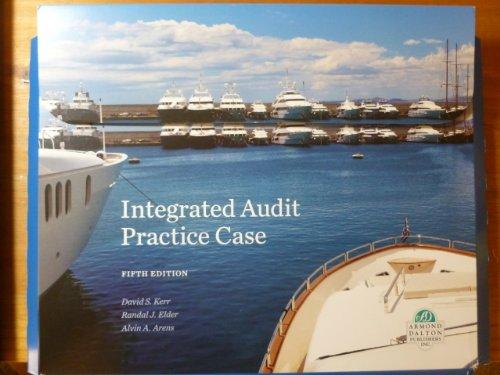3 The Choco Spread department of a food processing company produces one type of product a 5 kilo pack of chocolate spread (Choco Spread) for use in the catering industry The delivery of ingredients, process and delivery to customers all work on a Justin Time (JIT) basis. The production is fully automated so the fored costs incorporate all production costs For the month of March the following budget was prepared based on a sales quantity of 500,000 packs of Choco Spread Choco Spread Department standard costs and Budget for March Standard cost Budget 1 pack 500,000 packs E 000 Sales 37000 Chocolate grounds 2 kilos x 0.44 per kilo (0.88) (440) Milk concentrate 3.3 kilos x 0.20 per kilo 20 Total variable cost Contribution 2.230 Fixed costs Production overhead costs (1.800) Ingredients Delivery (76.5) Despatch to Customers 100 Net income 2535 The actual activity for March was as follows: 460,000 packs of Choco Spread were produced and sold, giving total sales receipts of 3,059,000 Actual Material used Quantity used Total cost Chocolate grounds 950,000 kg 446 500 Milk concentrate 1,450,000 kg 275,500 Actual fixed overhead costs Fixed production cost 1,860,000 Ingredients delivery 73.000 Despatch E88,000 Required: a) Calculate the following variances Sales contribution volume and sales price variances Materials Price variance, and usage variance for each material Expense variances for Fixed production overhead costs, Fixed ingredients delivery cost and Fixed despatch to customers cost (8 marks) b) Calculate Materials mix and yield variances and explain why the figures you have calculated are useful (4 marks) c) Comment on the main areas of difference between the budget and actual performance for the month of March and explain the ways in which managers can use the information to improve future performance. (5 marks) d) Management considers that the cost for "Ingredients Delivery and "Despatch to Customers are not fixed but also do not vary with sales quantity. The following information relates to the budget for these activities: Ingredients delivery of 5.1 kilos per product: The standard quantity per delivery is 1000 kg. The budgeted cost is 76,500 The standard despatch quantity is 200 packs. The budgeted cost is 100,000 Using an activity based approach for these two costs, calculate the activity based standards and show the variances which arise. Explain clearly why this information is more useful than the variances for these costs calculated in part (a) above (3 marks) (0.88 3. The Choco Spread department of a food processing company produces one type of product, a 5 kilo pack of chocolate spread (Choco Spread) for use in the catering industry The delivery of ingredients, process and delivery to customers all work on a Just in Time (JIT) basis. The production is fully automated so the fixed costs incorporate all production costs. For the month of March the following budget was prepared based on a sales quantity of 500,000 packs of Choco Spread. Choco Spread Department standard costs and Budget for March Standard cost Budget 1 pack 500,000 packs 000 Sales 6.00 3.000 Chocolate grounds 2 kilos * 0.44 per kilo (440) Milk concentrate 3.3 kilos x 0.20 per kilo (0.66) (330) Total variable cost (1.54) (770) Contribution 4.46 2.230 Fixed costs Production overhead costs (1,800) Ingredients Delivery (76.5) Despatch to Customers (100) Net income 253.5 The actual activity for March was as follows: 460,000 packs of Choco Spread were produced and sold, giving total sales receipts of 3,059,000. Actual Material used Quantity used Total cost Chocolate grounds 950,000 kg 446,500 Milk concentrate 1,450,000 kg 275,500 Actual fixed overhead costs Fixed production cost 1,860,000 Ingredients delivery 73,000 Despatch 88,000 Required: a) Calculate the following variances: Sales contribution volume and sales price variances, Materials Price variance, and usage variance for each material, Expense variances for Fixed production overhead costs, Fixed ingredients delivery cost and Fixed despatch to customers cost. (8 marks) b) Calculate Materials mix and yield variances and explain why the figures you have calculated are useful. (4 marks) c) Comment on the main areas of difference between the budget and actual performance for the month of March and explain the ways in which managers can use the information to improve future performance. (5 marks) d) Management considers that the cost for "Ingredients Delivery and "Despatch to Customers are not fixed but also do not vary with sales quantity. The following information relates to the budget for these activities: Ingredients delivery of 5.1 kilos Ser product: The standard quantity per detivery is 1000 kg. The budgeted cost is 76,500. Despatch to customers: The standard despatch quantity is 200 packs. The budgeted cost is 100,000. Using an activity based approach for these two costs, calculate the activity based standards and show the variances which arise. Explain clearly why this information is more useful than the variances for these costs calculated in part (a) above









